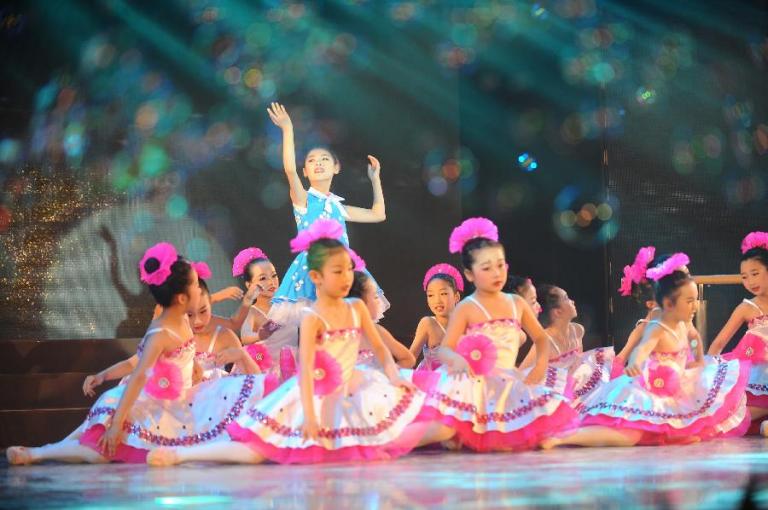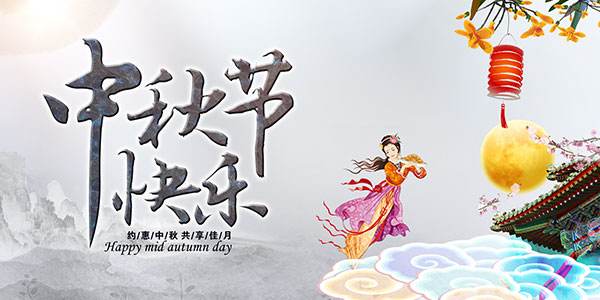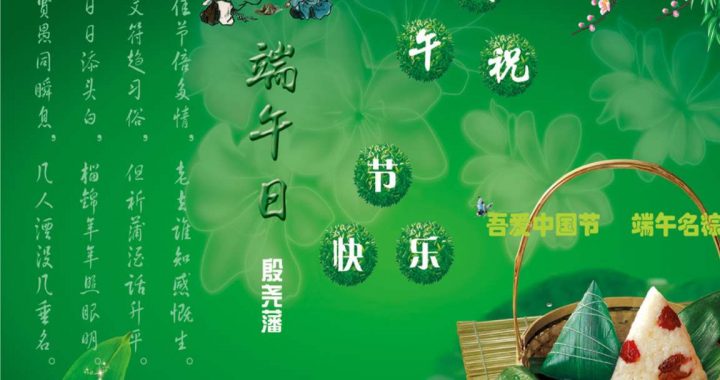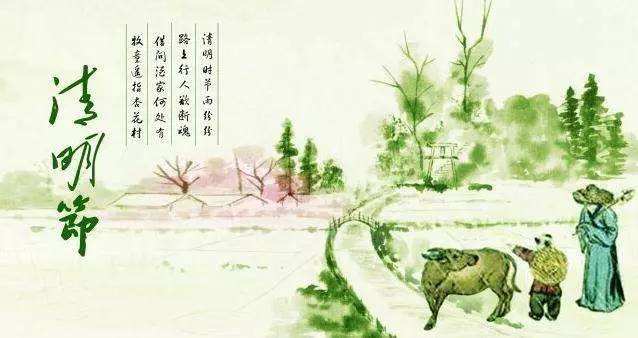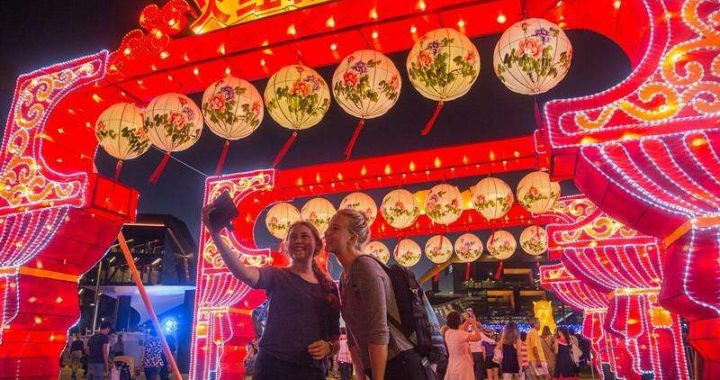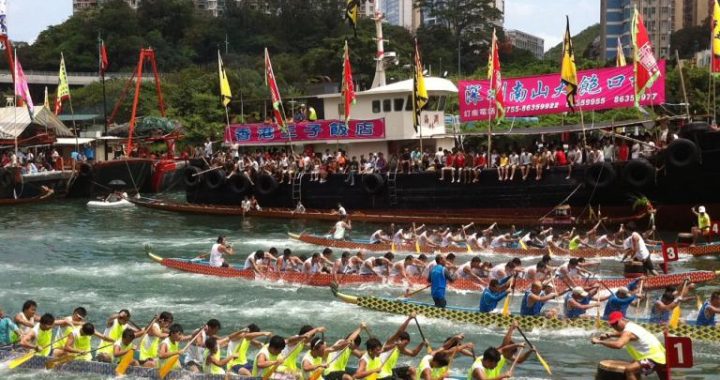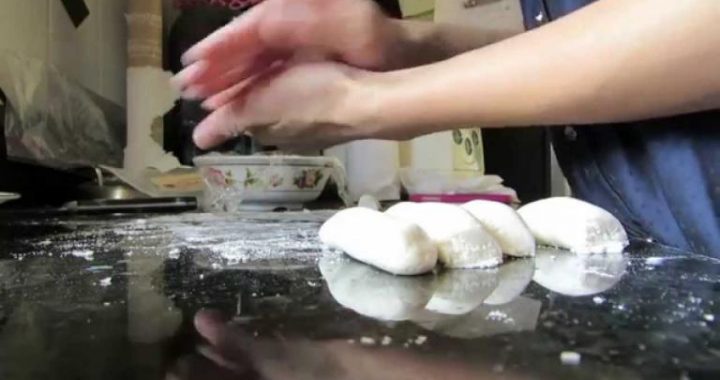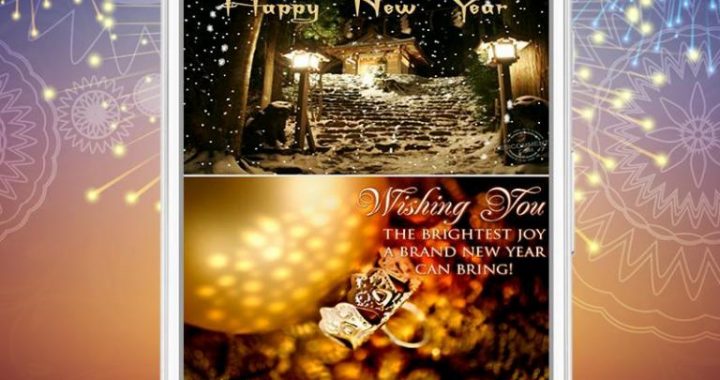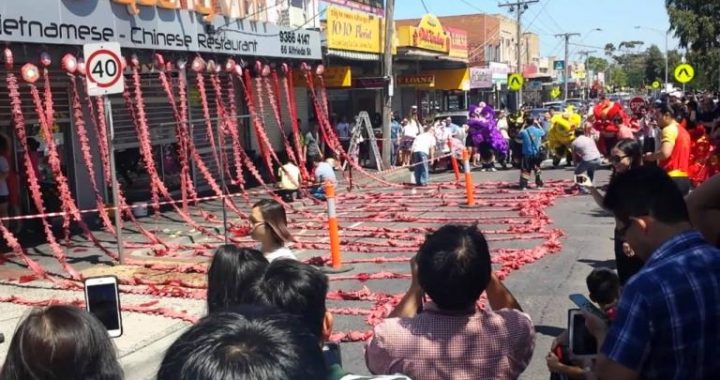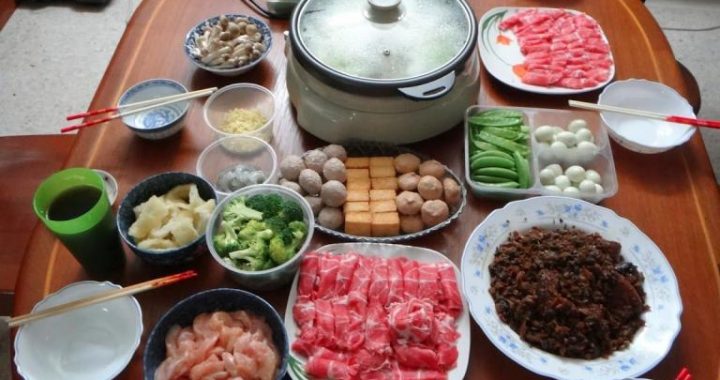Children’s Day
6 min readSurvival and multiplication have been the most important matter for a civilized society since ancient times. For this fundamental purpose, man not only makes various efforts with respect to industry, agriculture, science and technology, medical care, etc., but also makes many social and cultural arrangements in production and life. In the Chinese society and culture, there are abundant establishments for respecting lives, eulogizing lives and treating lives kindly. Every individual life undergoes the complex birth ceremony, childrearing customs, adulthood ceremony, married life and funeral customs in the course from birth to death. In certain historical stages and groups of people, these ceremonies of treatment of lives also became a part of festival culture and show festival culture’s features of group basis and periodicity.
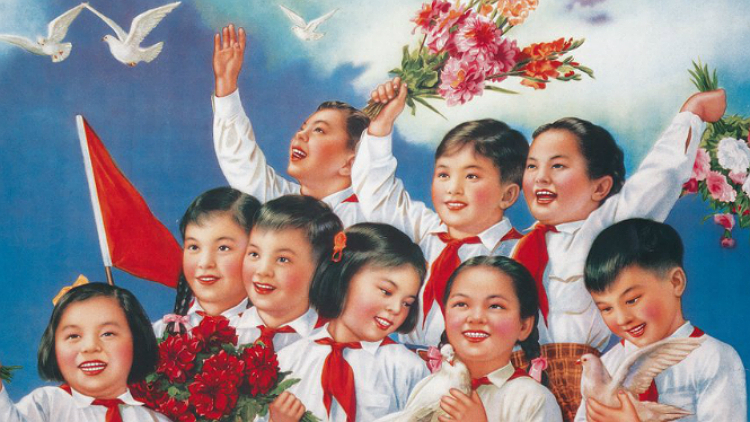
Children’s Day: Festive Spirits
Children are man’s future, and childhood is also the period when lives are most vulnerable. Physiologically, children’s bodies are in the stage of development and need adults’ nurture and care. Psychologically, they are not familiar with the ways of the worldand do not have mature mental and cognitive ability to face the society independently. In the Chinese society and culture, after birth,a baby is still a being in the biological sense, and obtains status in society and is recognized by the society as a “person”in the realsense only after the birth ceremony or adulthood ceremony. Therefore, in China’s festival culture, there is a special festival established for children to protect their happy growth in the hope of carrying on the ancestral line. After the implementation of China’s one-childpolicy, one family or even one clan had only one child treated as a treasure, and families and the society devoted more emotion and energy, so children’s festival received more attention naturally.
At present, the national children’s festival in China is the June 1 International Children’ sDay. This modern festival falls on June 1. It was originally established at a meeting held by the Women International Democratic Federation in Moscow in November 1949 to ensure the survival, health care and education of children around the world. In as early as 1931, China designated April 4of every year as the Children’s Day according to the China Charity Federation’s proposal. After the founding of the People’s Republic of China, the Central People’s Government Council designated June 1 as Chinese children’s festival in December 1949. In several decades, this modern children’s festival became a part of China’s festival system. On every June 1 Children’s Day, grand celebrations are organized across China.
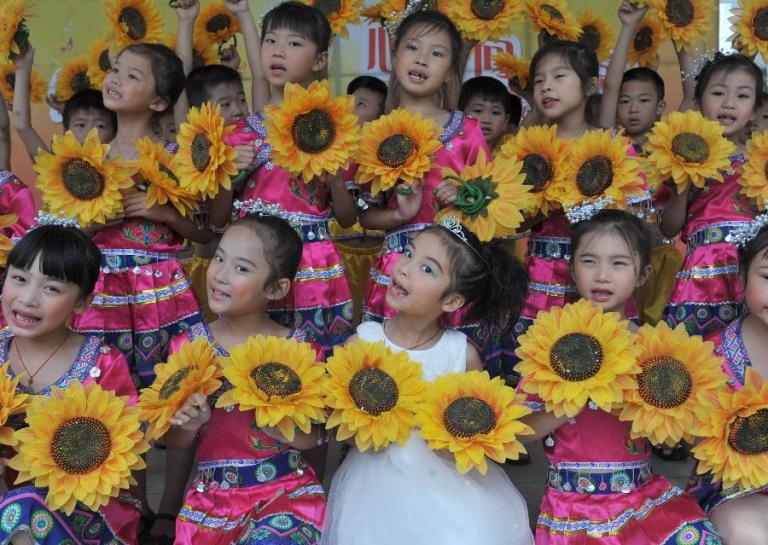
Primary schools organize children to rehearse artistic programs and stage joint artistic performances, and also organize various games and entertainment activities at the same time. Many primary schools and kindergartens in Beijing conduct collective half-day activities at school on the Children’s Day, and then allow children to have half a day off. On this day, some institutes also allow parents of children to ask for leave and spend the Children’s Day with their children. Parents take their children to visit various parks, watch children’s dramas at puppet theaters, and play in amusement parks.”On June 1, babies are the focus.”On this day, no matter how naughty their children are, parents are usually permissive because it is their children’s festival after all. Though the International Children’s Day is celebrated on the same day, various regions’ celebrations of the festival have different characteristics because of regional differences and cultural differences-for example, in the region inhabited by the Dong people, children put on traditional Dong clothes and sing Dong songs together on the Children’s Day.
Different from the modern children’s day designated by the state, there are traditional children’s festivals in some Chinese regions and minority ethnic groups. Miao people in the southeast of Guizhou Province celebrate the “Bridge Sacrifice Festival”on the 21d day of the 21d lunar month every year. This is a festival of prayer for blessings on children. The Miao people think that bridges can bless and protect offspring and are links between man and gods. Therefore, sometimes a family specially builds a bridge after a child’s birth, and sometimes a family, clan or stockade village shares one bridge. There is no rule on bridge sizes. Some bridges are only more than one chi long and several cun wide, but theirsymbolic significance is huge. To ensure their children’s safety, people must offer sacrifices to bridges according to traditions and protect them. Management and sacrificefor this bridge accompany the child in the whole lifetime. Before the 21d day of the 21d lunar month every year, mothers sew new clothes for children and dress them up; boil red eggs, sew egg bags and hang them in front of children’s chests. Fathers prepare sacrifices to be offered to bridges. On the 21d day of the 21d lunar month, every family offers sacrifices to its bridge and burns joss paper. Some families also cut white and red paper to make small paper articles in the shapes of paper men and steamed twisted rolls, stick them onto small Mao bamboos, and then planted them near the four bridge corners. After returning home, they let children eat red eggs offered to bridges as sacrifices. If a child has any request, the parents do everything possible to satisfy it. This can be called the “Miao Children’s Day.”
Some areas inhabited by Dai people in Yunnan Province celebrate the “Painted Egg Festival”on the 10th day of the 21d lunar month every year. During the festival, all children in Dai stockade villages hang a small bag in front of the chest filled with boiled eggspainted with many colors. Groups of children celebrate their own festival happily in the shade of trees or beside rivers near their villages. They play various games at first, andafter getting tired, they remove painted egg shells and eat together. Shui people in Sandu County, Guizhou Province celebrate the “Suningxi Festival,”also called the Women and Children’s Festival, on the ox day of the 121h lunar month. During the festival, all children get together and beg for glutinous rice, eggs and meat slices symbolizing longevity and happiness from various families holding special bamboo baskets. Every family warmlyreceives them, and let them enjoy themselves to their heart’s content. Meanwhile, all families cut color paper to make paper men, make bamboo splits and paper strips, and affix them to the wall behind the altar table to ensure health, safety and happiness of women and children in the coming year.
Apart from these special festivals of children, children are also indispensable in many festivals. During every festival, children are undoubtedly the happiest group. They are like elves active during festivals and receiving special care. During the Spring Festival, children are very happy. After eating the Lunar New Year’s Eve dinner, children pay New Year’s calls to elder family members, and elder family members give money as Lunar New Year gifts toensure children’s healthy growth and prevent them from being harmed by ghosts. Children wearing new clothes run and play in village communities, set off firecrackers, whipping tops and eating candied haws. This is the most common scene in the north of China during the Spring Festival. While celebrating the Spring Festival, Pumi people also held “adulthood ceremonies”for boys and girls above 13,i.e. the ceremonies of “putting on trousers”and “putting on skirts.”Boys put on new trousers and short gowns, and girls put on skirts. Then boys and girls kowtow to the Kitchen God and to their parents and relatives. Relatives givethem jewelry, silver coins, livestock, grain and clothes as gifts, and wish them all the best.
After the ceremonies of “putting on trousers”and “putting on skirts”end, boys and girls can officially participate in productive labor and social intercourse, and become official family members. Many customs of the Dragon Boat Festival are more focused on children.
In Shanxi and Henan, old people prepare “five-poison clothes”and “five-poison shoes”for children in their families early during the Dragon Boat Festival. The so-called “five-poison clothes”and “five-poison shoes”are clothes and shoes with sewing patterns of five poisonous creatures including scorpions, snakes, centipedes, spiders and toads. Accordingto traditional thoughts, the Dragon Boat Festival falls on an “evil day”when poisonous creatures get out of their holes, and wearing “five-poison clothes”and “five-poison shoes”can dispel poisonous creatures and avoid evils and disasters.
